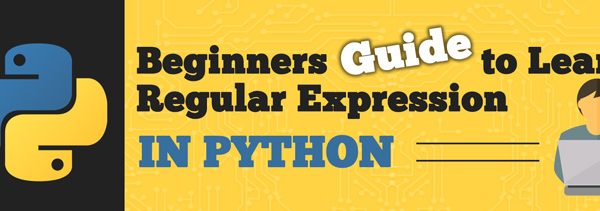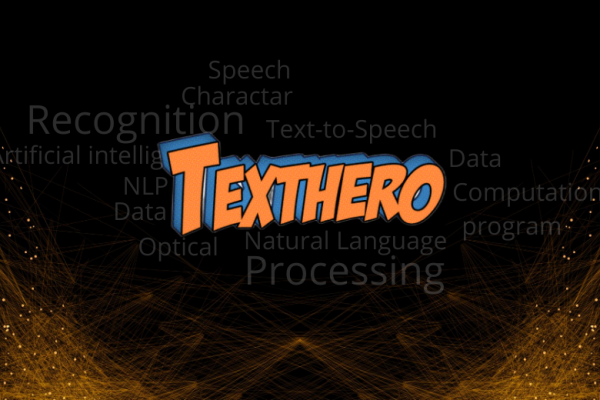Replace Occurrences of a Substring in String with Python
Introduction Replacing all or n occurrences of a substring in a given string is a fairly common problem of string manipulation and text processing in general. Luckily, most of these tasks are made easy in Python by its vast array of built-in functions, including this one. Let’s say, we have a string that contains the following sentence: The brown-eyed man drives a brown car. Our goal is to replace the word “brown” with the word “blue”: The blue-eyed man drives […]
Read more


